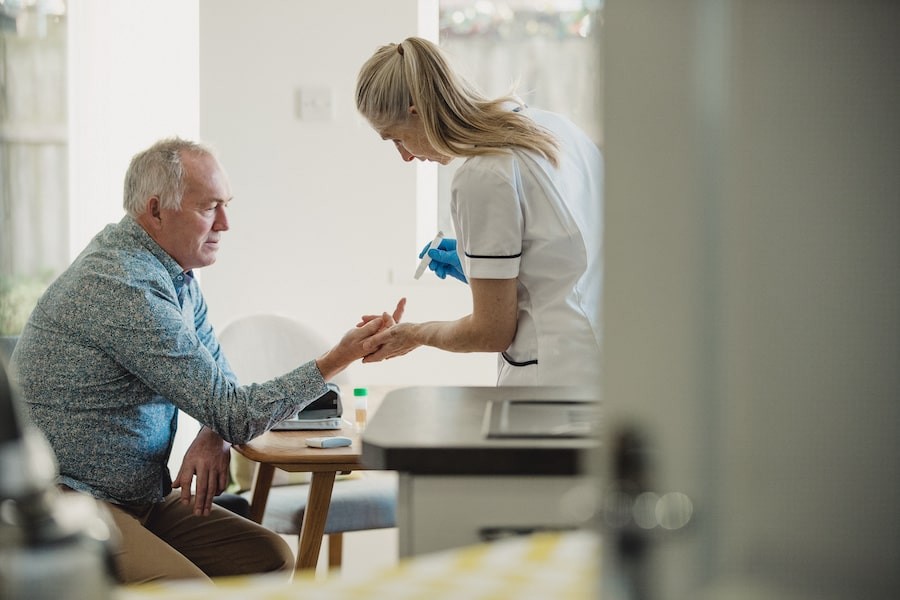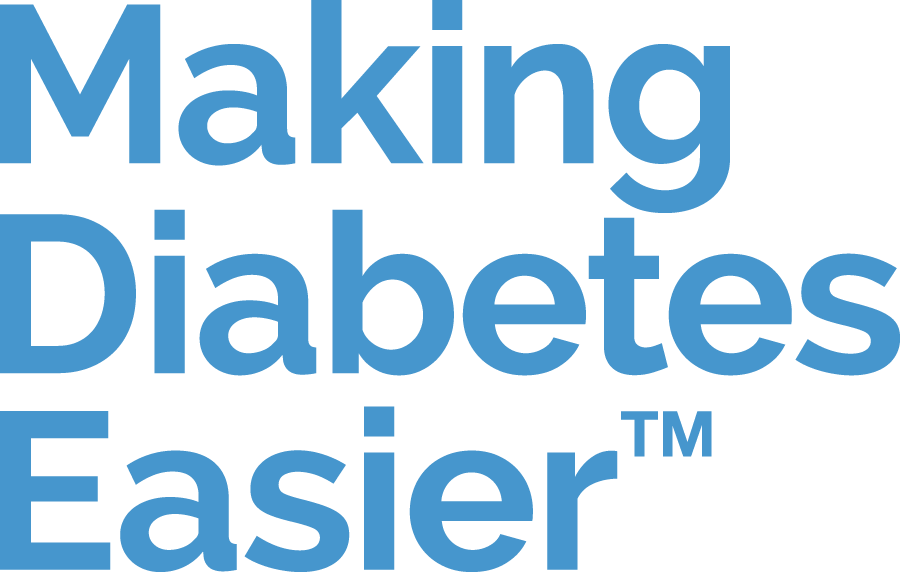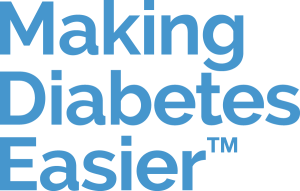Diagnosing type 2 diabetes

Type 2 diabetes is a metabolic disorder characterised by chronic hyperglycaemia, which is an excessive level of glucose in the blood.
If left untreated, type 2 diabetes can have serious health complications: including blindness, kidney failure, and cardiovascular problems.
Screening for type 2 diabetes is essential for the prevention of these complications and should be carried out regardless of symptoms of these complications. Simple blood tests to measure specific indicators can result in a reliable diagnosis of type 2 diabetes.
Screening for type 2 diabetes: why is it important?
Type 2 diabetes is very commonly diagnosed by doctors, often when the patient is completely unsuspecting. The condition affects a large percentage of adults, particularly the elderly.
Some people have a higher risk of developing type 2 diabetes. If you are affected by at least two of the following risk factors, it is recommended you consider annual screening, regardless of your age:
- excess weight or obesity;
- taking antipsychotic medication;
- sedentary lifestyle;
- history of gestational diabetes or family history of type 2 diabetes;
- heart disease;
- high cholesterol or triglyceride levels;
- sleep disorders;
- high blood pressure.
Early diagnosis of type 2 diabetes makes it possible to reduce the impact of hyperglycaemia on the body through lifestyle adjustments or treatment.
Blood tests to diagnose type 2 diabetes

Type 2 diabetes is diagnosed with a simple blood test, usually carried out when the person is fasting.
In the event of a positive result being returned for the first test, a second blood sample is usually taken within 14 days to confirm the initial diagnosis.
Fasting blood glucose test
A fasting blood glucose test involves taking a blood sample when the person has not eaten for at least 12 hours. The aim is to check if blood glucose levels are high without having eaten, and thus to detect potential type 2 diabetes.
Random blood glucose test
As its name suggests, the random blood glucose test is a blood sample taken at any time during the day. It enables measurement of the level of glucose in the blood without taking into account the time at which the patient last ate or drank.
HbA1c test
Glycated haemoglobin (HbA1c) testing is used to measure the patient's blood glucose levels over the previous two to three months. It allows the identification of chronic hyperglycaemia and, in confirmed cases, to ascertain if diabetes is improving or worsening.
A HbA1c level is considered too high if it is above 5.7%, and if it is higher than 6.5% diabetes is confirmed.
HbA1c readings can be affected by a number of factors including anaemia, pregnancy, kidney failure or taking some types of medication - these can all either lower or raise HbA1c levels. Additional blood tests are then necessary to confirm diagnosis of type 2 diabetes.
Oral glucose tolerance test
Oral glucose tolerance testing measures the level of glucose in the blood over a period of several hours. It is carried out in the morning, following an 8-12 hour fast. Just before the first sample, 75 grams of glucose are ingested. A second blood sample is taken two hours later and if it shows a higher blood glucose level then diabetes is investigated.
C-peptide test
Diagnosis of type 2 diabetes can also include measuring C-peptide levels, which helps determine the level of insulin production and therefore how advanced the condition is. The level of C-peptide is often higher following onset of type 2 diabetes, then decreases as it progresses.
Sources
- Petersmann A, Müller-Wieland D, Müller UA, Landgraf R, Nauck M, Freckmann G, Heinemann L, Schleicher E. Definition, Classification and Diagnosis of Diabetes Mellitus. Exp Clin Endocrinol Diabetes. 2019 Dec;127(S 01):S1-S7.
- Karly Pippitt , Marlana Li , Holly E Gurgle. Diabetes Mellitus: Screening and Diagnosis. Am Fam Physician. 2016 Jan 15;93(2):103-9.





